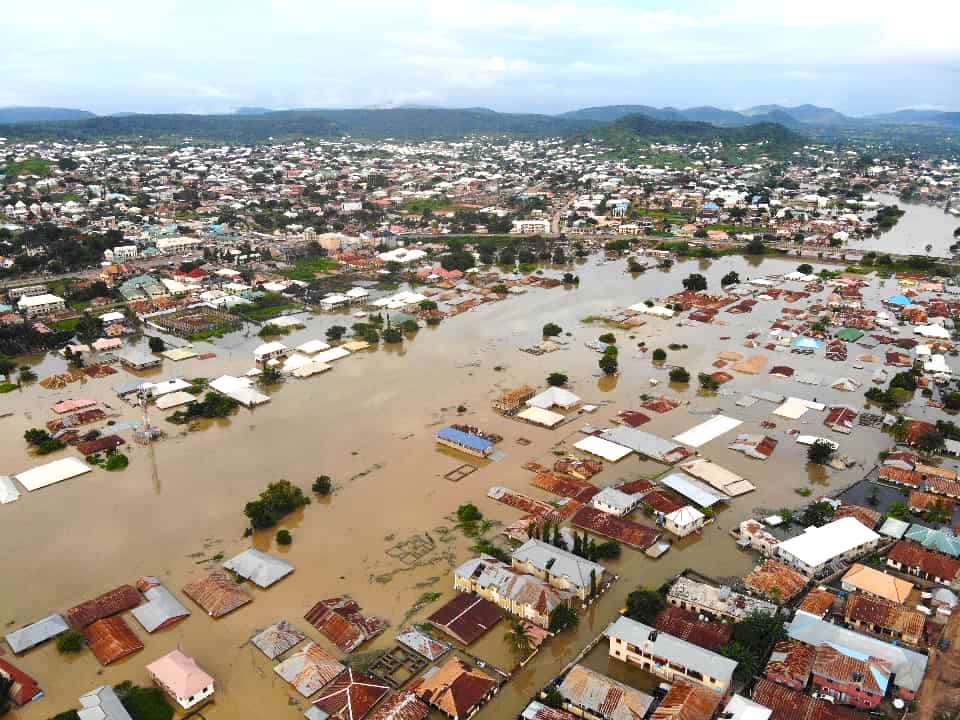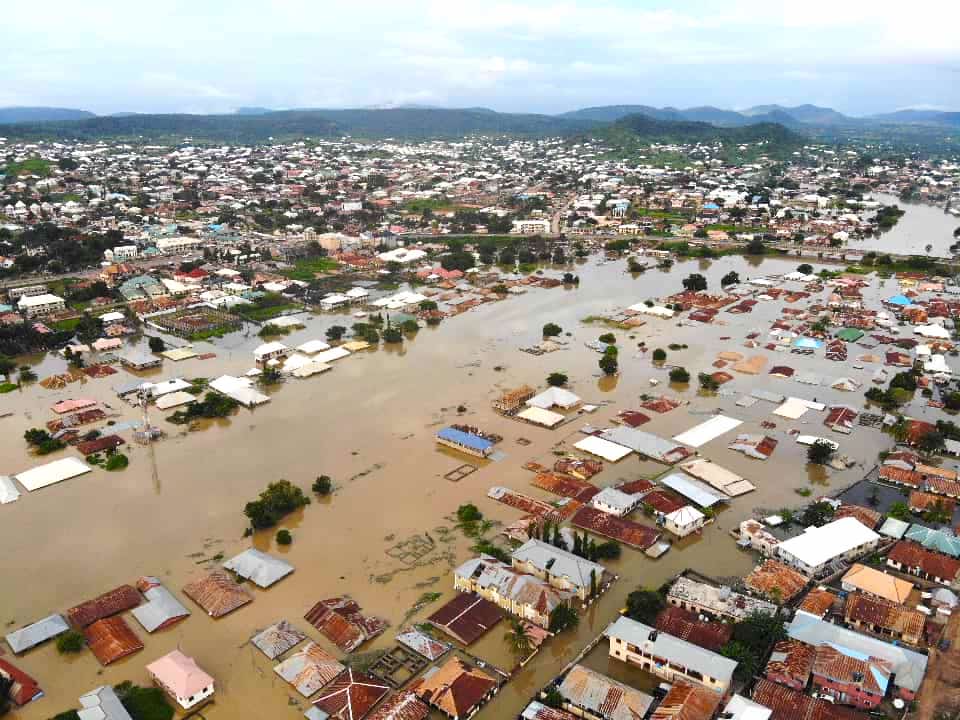

NIGERIA FACES FLOOD THREAT IN 20 STATES DESPITE N640 BILLION INTERVENTION

GREATRIBUNETVNEWS–THE Nigerian Meteorological Agency (NiMet) has issued a flood alert for July, warning 20 states, including Sokoto, Lagos, Edo, and Benue, of potential flash floods. This alert comes amid criticism from environmental experts and town planners over the management of ecological funds allocated to affected regions.
THIS POST IS SPONSORED BY SHELL NIGERIA

States at Risk
– High-Risk States:
– Sokoto
– Notable Risk States:
– Kaduna
– Zamfara
– Yobe
– Bauchi
– Bayelsa
– Jigawa
– Adamawa
– Taraba
– Niger
– Nasarawa
– Benue
– Ogun
– Ondo
– Lagos
– Delta
– Edo
– Cross River
– Rivers
– Akwa Ibom
Consequences of Flooding
Flooding has already affected 31 states in Nigeria since July 2024, impacting approximately 1.2 million people and destroying 180,000 hectares of farmland. In May 2025, over 116,000 people were displaced across 12 states, with Zamfara being the worst hit with over 58,000 victims.
Expert Concerns
Environmental experts and town planners have expressed concerns over the ineffective use of ecological funds. They argue that despite the allocation of over N620 billion since 2012, many states remain unprepared for flood disasters. Critics demand stricter oversight, independent audits, and more proactive strategies to tackle the worsening flood crisis
Government Response
Governor Lucky Aiyedatiwa of Ondo State has assured that his administration is working to reduce flooding by dredging waterways and enforcing environmental laws. However, experts stress the need for a more comprehensive approach, including community-driven planning and data-backed decision-making
“From a practical standpoint, many communities are still without effective drainage systems, urban planning regulations are poorly enforced, and waste management infrastructure remains grossly inadequate. We’ve also seen little transparency or accountability in how ecological funds are allocated and utilized at the state and local levels.
“In my view, the issue is not necessarily the lack of funds, but rather the lack of a structured, data-driven, and community-involved approach to flood mitigation. Many flood control projects seem reactive rather than proactive, and long-term climate resilience planning is either weak or non-existent in several states.
“To move forward, we must prioritise public transparency on how ecological funds are used, independent audits of state-level implementation, community-based flood early warning systems, and integration of climate risk mapping and sustainable urban planning. Until we address the systemic issues of governance, implementation, and public participation, the billions disbursed will continue to offer minimal return in terms of resilience, safety, and environmental justice.”
In a similar vein, a climate change adaptation researcher, Abeeb Ajagbe, said while some states have indeed made efforts to mitigate the impacts of flooding through interventions like drainage construction, shoreline protection, and erosion control, a lot still needs to be done.
The environmentalist said, “There have been several media reports highlighting corruption and mismanagement in how the ecological funds are being handled, with cases cited in states like Borno and Kogi. I think Sahara reported the amount then. I believe a major issue is the lack of transparent tracking mechanisms, as there’s no clear system in place to monitor how these allocated funds are being used across the states.
“At the moment, what the fund is being used for is clearly not enough, and it is not even measurable. There needs to be more accountability, better coordination, and a stronger focus on long-term strategies like infrastructure development for flood-prone areas, effective early warning systems, and emergency response. Without this, the ecological fund risks falling short of its purpose.”
According to a report by StatiSense, flooding across Nigeria in May 2025 affected a total of 116,711 people in just 12 states.
Zamfara State emerged as the most affected, with an alarming 58,386 individuals displaced or impacted by floodwaters. This figure alone accounted for over half of all victims recorded in the report, revealing a dire humanitarian situation in the northwest region of the country.
Following Zamfara, Kwara State recorded 11,830 victims, while Lagos, Nigeria’s bustling economic capital, had 9,324 people affected. In Lagos, poor drainage, unregulated urban development, and rising sea levels continue to compound flood risks. In Enugu, the flood disrupted the lives of 7,763 residents, underscoring the southeast’s growing vulnerability to seasonal storms and inadequate waste management.
In the Niger Delta, Bayelsa State reported 5,328 affected individuals, a common pattern due to its low-lying geography and proximity to overflowing rivers. Meanwhile, Kaduna and Benue States recorded 5,149 and 4,577 victims, respectively. These northern states frequently experience both flash floods and river overflows, particularly in poorly drained rural communities.
The southwest states were not spared either. Ekiti State had 4,290 people affected, and Oyo recorded 2,040 victims, showing that flood threats are increasingly becoming a nationwide concern. In the far north, Sokoto recorded 2,971 flood victims, while Taraba and Borno reported 2,473 and 2,250, respectively.
SOURCE=== PUNCH ===EXCEPT THE HEADLINE AND INTRO





